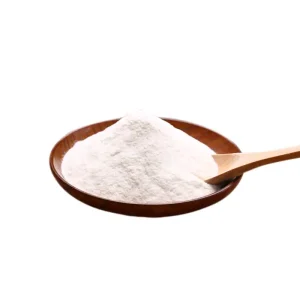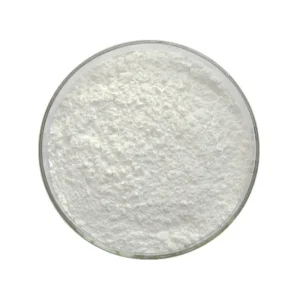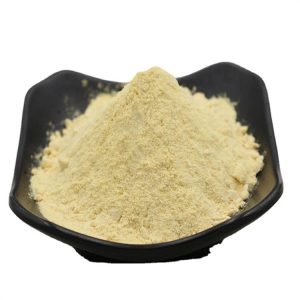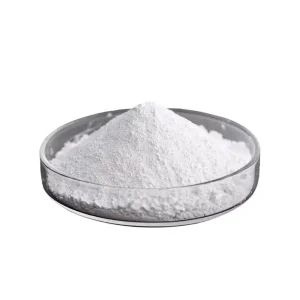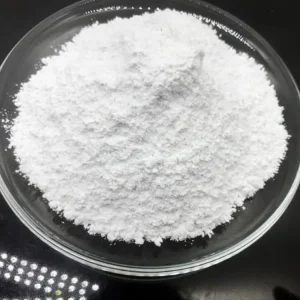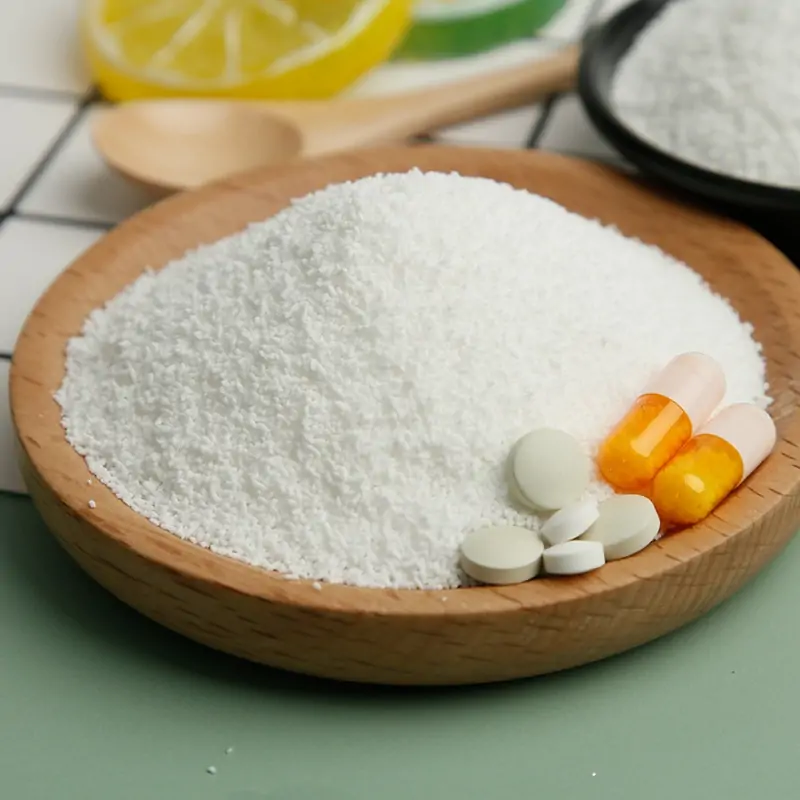In the world of cellular energy and anti-aging science, NAD+ and NADH are two powerful molecules often mentioned together — but they are not the same thing. Understanding their difference is essential to grasp how your body produces energy and maintains vitality.

What Are NAD+ and NADH?
NAD+ (Nicotinamide Adenine Dinucleotide) is the oxidized form, acting as a key coenzyme in all living cells. It helps transfer electrons during metabolic reactions, supporting energy production, DNA repair, and enzyme activation.
On the other hand, NADH is the reduced form of NAD+. It carries the electrons gained during metabolism and donates them to generate ATP, the body’s main energy currency. In short — NAD+ accepts energy, NADH delivers it.
How Do They Work Together?
The two exist in a constant redox cycle:
NAD+ + H⁻ ⇌ NADH
This balance determines how efficiently your body converts nutrients into energy. When NAD+ levels decline with age, it affects mitochondrial function, metabolism, and overall cellular health. That’s why NAD+ supplementation or NADH-based formulas have become increasingly popular in anti-aging and performance supplements.

Which One Should You Choose?
While both are vital, NAD+ precursors (like NMN and NR) help replenish overall NAD+ pools in the body, supporting longevity and cell repair. NADH supplements, however, offer an immediate energy boost and are often used to improve focus, reduce fatigue, and enhance physical performance.
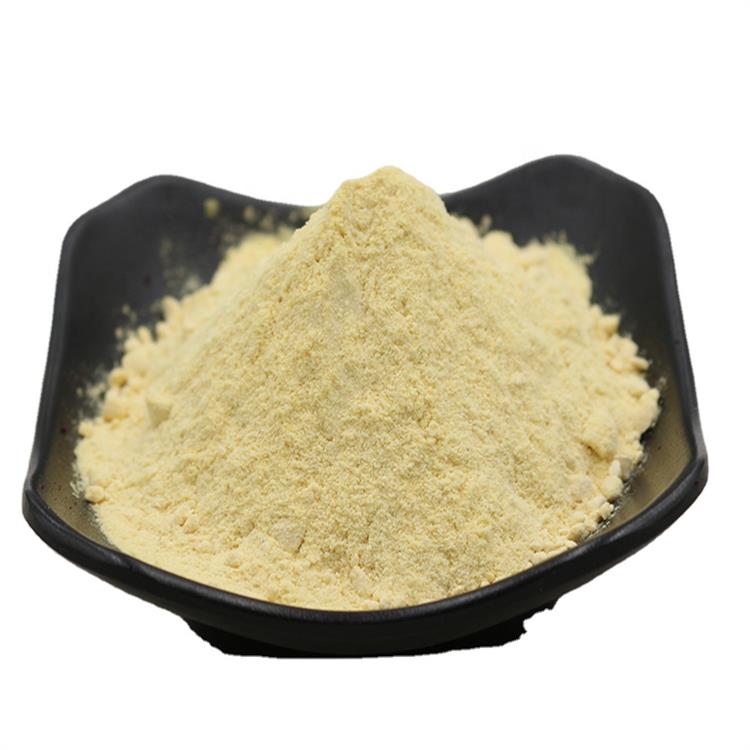
The Growing Market Trend
As global awareness of healthy aging grows, NAD-related supplements are becoming a major trend in nutraceuticals. From anti-aging capsules to energy-enhancing gummies, the market is rapidly expanding — and raw material suppliers are racing to meet demand with high-purity NADH and NAD+ ingredients.
At GOTHINK Biotech, we provide bulk NADH and NAD+ raw materials, customized formulations, and contract manufacturing (ODM/OEM) solutions to support your supplement brand’s growth.
References:
-
Imai S, Guarente L. “NAD+ and sirtuins in aging and disease.” Trends in Cell Biology, 2014.
-
Ying W. “NAD+/NADH and NADP+/NADPH in cellular functions and cell death.” Molecular and Cellular Biochemistry, 2008.


